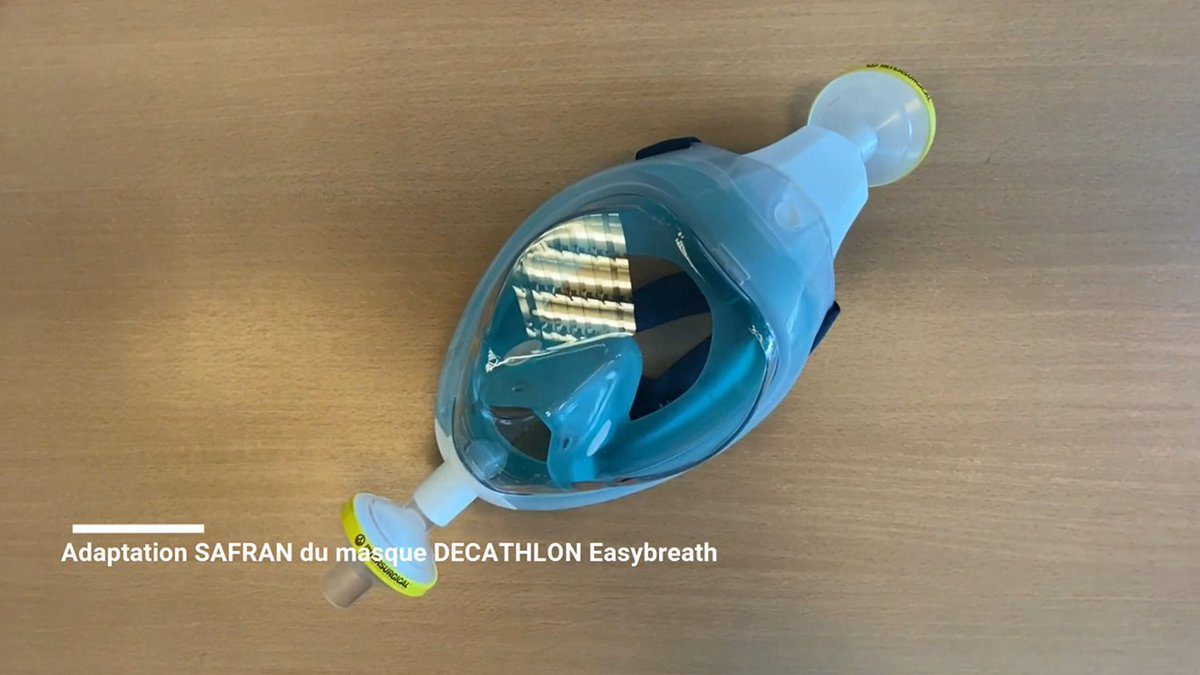Engineering finds itself at a crossroads in its history. On the one hand, with the revolution in uses, digitalisation of the industry and internationalisation of projects, its activities are seeing major transformation. On the other hand, the industry is faced with a serious shortage of engineers with a lack of a trained workforce when it comes to market needs and the competition from GAFA, seen as more ‘sexy’ in the eyes of engineers than big industrial companies. In France, it is estimated that half of the jobs that will exist in the engineering sector in 2030 do not exist yet and that 18,000 retirements are expected in 2032. When it comes to recruitment, our needs are just as much quantitative as they are qualitative. Our human resources departments have a key role to play in attracting the best candidates and raising awareness of exciting engineering careers at this crossroads in the technological revolution. However, while recruitment processes are going digital, employees want to have human contact. How can we reconcile these two seemingly contradictory trends and turn them into an opportunity?
As leading recruiters, engineering companies are in a position to explore this field of possibilities. For example, SEGULA Technologies, one of the top French recruiters, expects to recruit 4,700 people worldwide in 2019 alone. How can we recruit more effectively in order to attract such a volume of qualified engineers and technicians in such a strained and competitive market?
Making recruitment digital
Today, with 9 out of 10 job seekers using the internet to look for work, digitalisation of recruitment processes is no longer a choice. The boom of employment search engines, social networks branching out for professional purposes and the improvement of ATS (‘Applicant Tracking Systems‘, web platforms for managing applications) have revolutionised recruitment techniques. Recruiters are now trained in online headhunting and sourcing techniques used to identify the best talents. Ever more sophisticated solutions are emerging, saving significant time and improving the pre-selection of applications to fit the required positions thanks to increasingly effective algorithms.
These tools also allow us to meet candidates virtually prior to making real contact. This will soon be essential with the imminent arrival on the work market of the Generation Z highly connected young graduates. Sharing videos about life in the company, interviews with employees talking about their work, photos of premises and their potential future colleagues allow candidates to immerse themselves in the company culture and picture themselves in their future roles.
Candidates’ need for human contact
However, although the possibilities provided by the digitalisation of recruitment represent an exceptional opportunity for engineering companies, we should be careful not to blindly follow this path! Let’s keep in mind that the key to engineering is grey matter and that recruitment is first and foremost a human factor. Recruiting people exclusively through digital methods would mean missing out on some talents. How many candidates with interesting but unusual profiles find themselves pushed away by a recruitment process using algorithms that only look for certain typical profiles?
Candidates, particularly millennials, are complex beings who want contradictory things: for example, to be supported without being guided, to take training but without having to devote a lot of time to it, to manage their corporate apps on their personal smartphone and to keep a work/life balance. It therefore comes as no surprise that they are looking for both more digitalisation and more human contact. Let’s keep listening to them, and bring back the human factor to recruitment processes!
When it comes to recruitment, human contact remains essential and fundamental. Face to face dialogue without a screen, the physical experience and the discernment of human resources professionals are valuable ways of identifying the personalities of candidates with diverse profiles where the diversity can be a source of strength and creativity for the company. 75% of engineering companies are based in the provinces which is a major asset as their wide territorial network of recruiters gives them real geographic proximity to candidates providing more opportunities for meeting.
Going off the beaten track to show who we are
For recruiters it is therefore about finding new and different ways to approach candidates with the aim being on one the hand to establish informal human contact, often a valuable source of information for both the recruiter and the candidate, and on the other to stand out and be seen as a first-rate employer. At SEGULA Technologies we are fully committed to this strategy in order to recruit the best talents. The Group has therefore, for example, organised escape games for engineering students, e-sport tournaments between schools, virtual reality flight simulators on campuses and recruitment evenings based around film viewings to bring together hundreds of individuals who fit our potential targets. All these methods have the same objective: to break the ice and put the candidates and recruiters in a situation where they can have informal discussions that help to show who they are. The discussion can be more spontaneous, more transparent and more effective to identify the candidates we are looking for: curious people with a strong personality who are keen to take on responsibilities.
This type of initiative is also particularly helpful in raising awareness among future engineers about our exciting careers. When they complete their studies they will naturally look towards the best known and most attractive employers: Amazon, Google, Microsoft… to name a few. These companies’ employer brands make candidates’ eyes light up at the mere mention of their name and they can easily and happily see themselves in these environments. Engineering companies and their activities meanwhile go under the radar. It therefore becomes necessary to go and meet candidates to show them a bit of the passion that drives our engineers, talk to them about the diversity of our activities and explain to them how we work on the technological revolution which is shaping tomorrow’s world: use of artificial intelligence to develop driverless cars, revolution of production processes through additive manufacturing, the search for less polluting materials, design of predictive maintenance solutions to optimise industrial processes in all sectors. All these projects rely on multiple skills and often hidden activities which informal meetings can bring to light.
In the engineering sector it is therefore now essential to find new recruitment methods which capitalise on a combination of digitalisation and human contact. By going beyond traditional recruitment methods we can raise awareness of our activities, make ourselves attractive to candidates and encourage students to join our sector. By digitalising our recruitment processes while also staying close to candidates, we can share our passion with them and recruit the very best.
Its expertise in new technologies, local presence and capacity to innovate mean the engineering sector has all the assets needed for effective recruitment. It is up to us engineers to seize this opportunity and take a step ahead when it comes to recruitment solutions to hand the industry the keys to the digital revolution.







 FOR A BETTER EXPERIENCE
FOR A BETTER EXPERIENCE